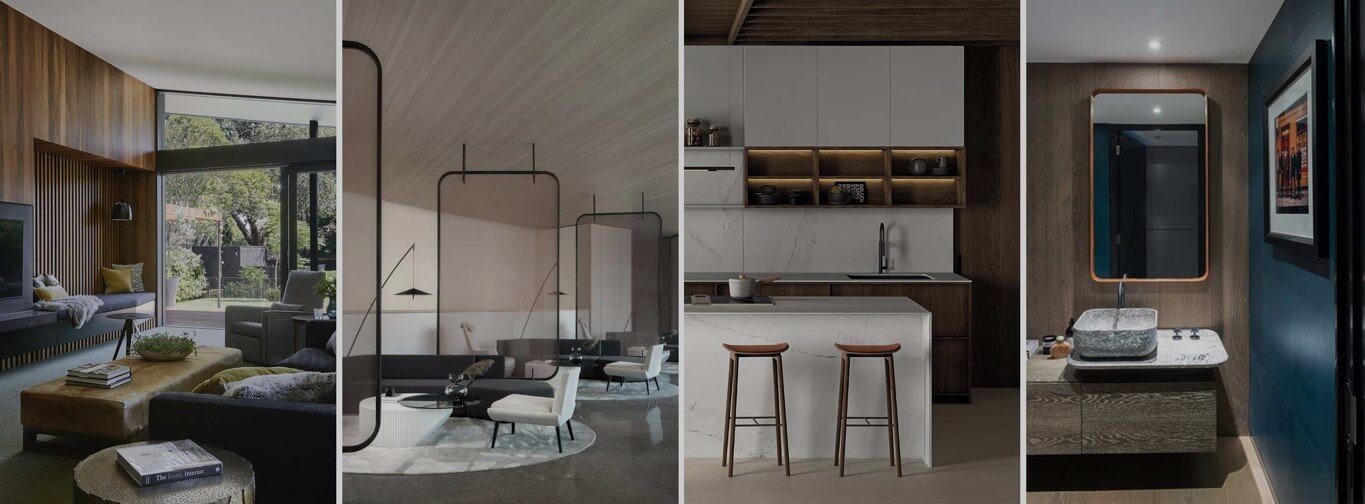It comes as no surprise that COVID-19, quarantines and lockdowns are still at the forefront of our minds. Experiences over the past two years has led society to seek commercial spaces that promote health, flexibility and the comfort of home in a shared office setting. Knowing this, we have identified four key trends for 2022 (and beyond) and they are all very interrelated: sustainability, natural materials, flexible spaces and approachable luxury.
Sustainability
One concept that has had a significant effect on consumer behavior is the idea of time. Quarantines and lockdowns have stressed the importance of time more than ever. Climate expert Julian Popov predicts that, culturally, we will want to slow down, focus on streamlining unnecessary objects and actions, and eliminate things that do not enhance the quality of our lives or make them more efficient. We see this as a type of sustainable design focused on our mental health and the need to declutter, both physically and mentally. This can be aesthetic, like a minimalist movement, or programmatic in how we are able to allow our spaces to function more efficiently.
Natural Materials
Directly related to sustainability is the connection to nature. For health reasons, many of us have found the benefits to spending more time outside and, in turn, bringing the outside in. Natural materials have been a design staple since the beginning of time but, more and more when faced with a decision between natural or synthetic, natural is coming out on top. Materials such as brick, clay, terra cotta, woods, wools, cottons and pure metals paired with plants, skylights and picture windows feel like much-needed breaths of fresh air.
Flexible Spaces
When considering minimalism and efficiency, flexible spaces come into play. Offices and shared amenity spaces are at the point where they must be flexible to some degree to be useful. An office space needs to accommodate large and small groups. In turn, shared amenity spaces need to be able to accommodate both events and day-to-day functions, as well as be modified depending on the social activities taking place.
Approachable Luxury
The idea of approachable luxury was something we started researching nearly 10 years ago as we saw luxury brands changing to appeal to the culture of the young tech startup, wearing T-shirts, jeans and a flashy pair of sneakers as opposed to a three-piece suit. Now, it’s become an aesthetic all on its own in both fashion and architecture. Marketing to that type of clientele is like trying to market to a generation, although it’s been adapted as more of a mindset than an age.
As 2022 begins, we look forward to how interior design will continue to evolve and identify top trends that, in one way or another, will factor into our designs.
